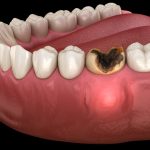Crocodile Teeth Facts: Discovering How Many Teeth These Predators Have

Crocodiles are fascinating creatures that have been around for over 200 million years. They are known for their long, powerful jaws and razor-sharp teeth. These predators are found in various habitats, including rivers, lakes, and swamps, and are known for their impressive hunting skills. One of the most interesting aspects of crocodiles is their teeth, which are essential for their survival. In this article, we will explore the world of crocodile teeth and discover just how many teeth these predators have. Crocodile teeth are one of the most unique features of these creatures. They are designed to help crocodiles catch, kill, and consume their prey. Crocodile teeth are incredibly sharp and can slice through flesh and bone with ease. These teeth are also constantly being replaced throughout the crocodile’s life, with some species replacing their teeth as often as every few years. But just how many teeth do crocodiles have? This is a question that many people find themselves asking, and one that we will answer in this article. So, join us as we take a closer look at crocodile teeth and uncover some fascinating facts about these incredible predators.
Crocodiles are ancient reptiles that are found in various regions of the world, from the Americas to Africa and Australia. These large and powerful predators are known for their impressive jaws and sharp teeth, which they use to catch and consume their prey. Crocodiles are apex predators in their ecosystems, meaning they sit at the top of the food chain and have no natural predators. They are opportunistic hunters and will eat anything they can catch, from fish and birds to mammals and even other crocodiles. With their powerful jaws and teeth, they can quickly take down prey and crush through bones and tough hides. Crocodiles are fascinating creatures, but their predatory nature is not to be underestimated.
Understanding crocodile teeth is crucial for various reasons. Firstly, the number of teeth these predators have can reveal their age, size, and overall health. Secondly, crocodile teeth are designed to tear through flesh and crush bones, which makes them highly effective predators in their natural habitat. Understanding the structure and function of these teeth can provide valuable insights into the evolution of these animals and their ecological roles. Additionally, studying crocodile teeth can help us develop better strategies for managing and conserving these endangered species. Therefore, gaining knowledge about crocodile teeth is critical for both scientific research and practical applications.
Anatomy of Crocodile Teeth
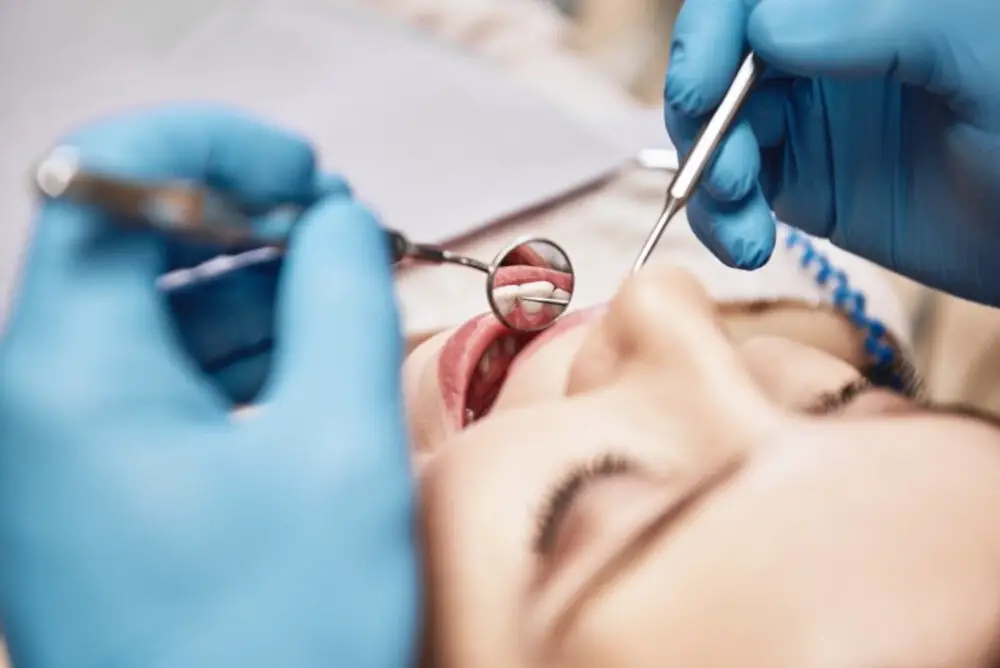
Crocodile teeth are unique and have evolved to suit their predatory lifestyle. These reptiles have one of the strongest jaw muscles among all animals, which is necessary for their ability to hunt and kill their prey. The crocodile’s teeth are designed to grip and tear through flesh and bone with ease. They have around 60-110 teeth, depending on the species, which are continuously replaced throughout their lifetime. Unlike human teeth, the crocodile’s teeth are not rooted in the jawbone, but they are attached to the sockets on the jawbone by fibrous tissues. This allows them to easily shed and grow new teeth to replace the old ones. The crocodile’s teeth are cone-shaped and have serrated edges, which are ideal for gripping and tearing through tough prey. They are also incredibly sharp, making them a formidable weapon in any attack. The teeth are positioned in such a way that they interlock when the crocodile’s jaw is closed, creating a vice-like grip on their prey. Additionally, the crocodile’s teeth are not all the same size. Their front teeth are larger and pointed, while their back teeth are flatter and wider. This allows them to grip and hold onto their prey while they twist and turn their body to tear off chunks of meat. All in all, crocodile teeth are a marvel of evolution and one of the many adaptations that make these reptiles such successful predators.
Crocodile teeth are a fearsome sight to behold. These predators boast a formidable set of teeth that are perfectly adapted to their predatory lifestyle. Crocodile teeth are cone-shaped and are designed to grip and crush their prey with ease. They have a unique structure, which allows them to regenerate their teeth throughout their lives. Crocodiles can have anywhere from 60 to 110 teeth at any given time, and their teeth are arranged in rows along their jaws. The teeth in the front of their mouth are larger and are used for holding onto their prey, while the teeth in the back are smaller and are used for crushing and grinding their food. Overall, the structure of crocodile teeth is a testament to their impressive hunting abilities and their status as apex predators.
Crocodile species exhibit a range of different teeth arrangements that reflect their unique feeding habits. For instance, the saltwater crocodile, the largest living reptile on earth, has a formidable set of teeth designed for hunting large prey. Its upper and lower jaws are lined with 24 sharp teeth on each side, with the fourth tooth on the lower jaw being notably larger than the rest. On the other hand, the slender-snouted crocodile, which primarily feeds on fish, has longer, more slender teeth that are better suited to catching slippery prey. The Nile crocodile, which is known for its ability to take down large mammals, has a mix of conical and larger, more triangular teeth that enable it to bite and hold onto prey effectively. Overall, the variations in crocodile teeth demonstrate how these apex predators have adapted to thrive in different environments and prey niches.
Number of Teeth
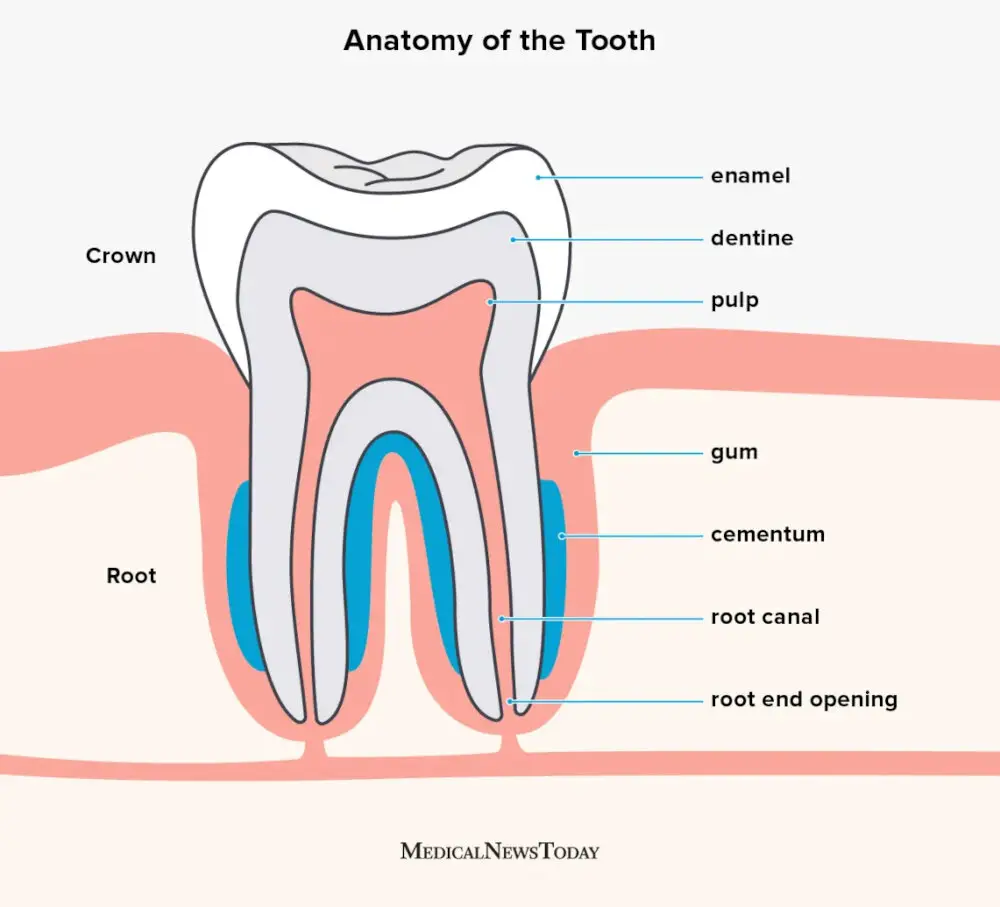
Crocodiles are one of the most formidable predators on the planet, and their teeth play a major role in their hunting success. Crocodiles have an impressive number of teeth that are constantly replaced throughout their lives, making them some of the most fearsome creatures in the animal kingdom. The number of teeth a crocodile has varies depending on the species, with some having up to 80 teeth in their mouth at any given time. These teeth are arranged in rows along the crocodile’s jaw, with new teeth growing in to replace those that have been lost or broken. The teeth of a crocodile are some of the most powerful in the animal kingdom, capable of crushing the bones of their prey with ease. They are designed to be sharp, pointed, and strong, allowing crocodiles to grab onto their prey and hold them in place while they tear off chunks of meat. Crocodile teeth are also highly specialized, with different types of teeth serving different functions. For example, the front teeth are used for grabbing and holding onto prey, while the back teeth are used for crushing and grinding. Overall, the number and design of crocodile teeth make them some of the most fearsome predators in the animal kingdom, and a force to be reckoned with in their natural habitat.
Crocodiles are known for their sharp teeth and powerful jaws, which make them one of the deadliest predators in the animal kingdom. These reptiles have a remarkable number of teeth, with some species having as many as 60 teeth in their mouths at any given time. The teeth of crocodiles are not only numerous but also continuously replaced throughout their lives, with some species replacing their teeth as often as every two years. The teeth are used for catching and holding prey, as well as for defense against other animals. Despite the large number of teeth, crocodiles do not chew their food, but rather, they tear it into smaller pieces and swallow it whole. The incredible number and sharpness of their teeth make crocodiles a force to be reckoned with in the wild.
Crocodiles are known for their fearsome reputation as apex predators, and their teeth play a crucial role in their hunting and feeding habits. These reptiles have an impressive number of teeth in each jaw, with an average of 60 to 72 teeth in the upper jaw and 64 to 68 teeth in the lower jaw. However, it’s worth noting that the exact number of teeth may vary depending on the species and age of the animal. Crocodile teeth are designed for maximum efficiency, with sharp, pointed teeth in the front for grabbing and tearing prey, and flatter teeth in the back for crushing and grinding. With their powerful jaws and impressive dental arsenal, crocodiles are truly remarkable creatures of the animal kingdom.
Crocodiles are notorious for their sharp and numerous teeth. An average adult crocodile can have up to 60 teeth at any given time, with some species having as many as 110 teeth. In comparison to other predators, crocodiles have a significantly higher number of teeth. For instance, lions and tigers have around 30 teeth, while a great white shark can have up to 300 teeth. However, what sets crocodile teeth apart is their ability to regrow teeth throughout their lifetime. This feature ensures that they always have a fresh set of teeth to capture prey, making them a formidable predator in their habitat.
Function of Teeth
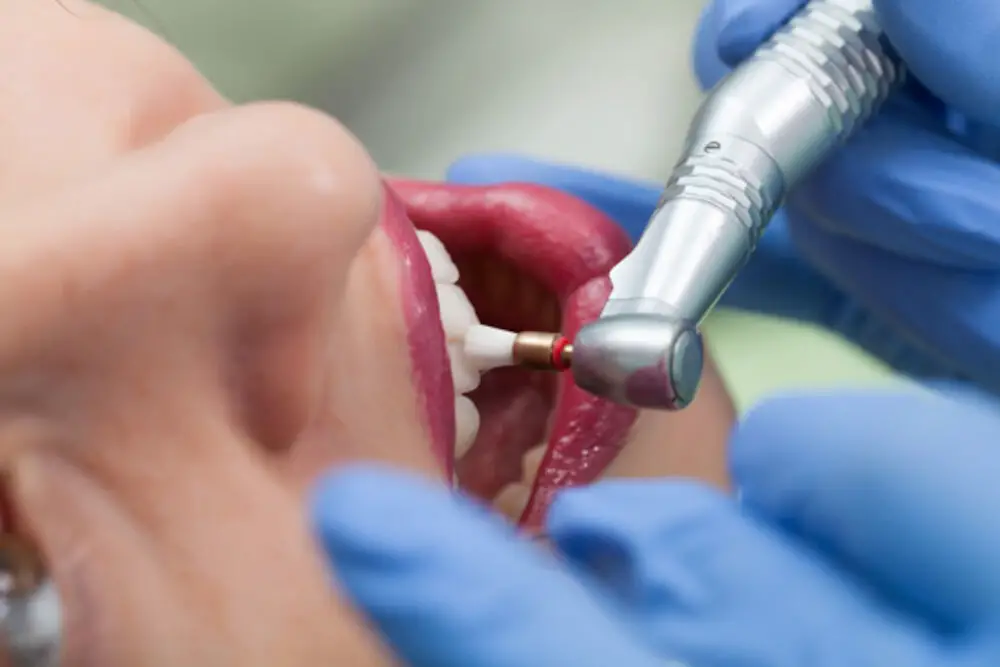
Teeth are one of the most important parts of an animal’s body, especially for predators like crocodiles. These sharp and strong structures serve many functions that are vital to survival. First and foremost, teeth are used for catching and holding prey. Crocodiles have between 60 and 72 teeth, depending on the species, and they use them to grip onto their prey and prevent it from escaping. The teeth are also used to tear flesh, as crocodiles are carnivores that feed on fish, mammals, and birds. They have cone-shaped teeth that are designed to puncture and grip, and are replaced throughout their lifetime as they wear down or fall out. Aside from catching prey, teeth also play a role in communication and display. Crocodiles use their teeth to intimidate rivals and attract mates. They will often open their mouths wide to display their sharp teeth, which can be up to 5 inches long in some species. This display can also be a warning to potential predators, as it signals that the crocodile is not to be messed with. In addition, teeth are necessary for the digestion of food. Crocodiles have a powerful digestive system that can break down even the toughest of prey, but this process would not be possible without their sharp teeth. Overall, the function of teeth in crocodiles is multifaceted and crucial to their survival.
Crocodile teeth are an essential tool for these predators to hunt and feed. These creatures possess a formidable set of teeth, with the number ranging from 60 to 110, depending on the species. Crocodile teeth are designed to grip and tear flesh, making them effective at catching prey. These teeth are also constantly replaced throughout the crocodile’s life, ensuring that they always have sharp and functional teeth. They use their teeth to grab onto their prey, then use their powerful jaws to crush and rip apart the flesh. Crocodiles are known to consume a wide range of animals, including fish, birds, mammals, and even other crocodiles. Their teeth play a crucial role in their survival and make them one of the most formidable predators in the animal kingdom.
Crocodile teeth are adapted to prey on a wide variety of animals, ranging from fish to mammals. The sharp, pointed teeth at the front of their jaws are ideal for catching and holding onto slippery fish, while the larger, serrated teeth towards the back of their jaws are designed for tearing through tougher prey, such as birds and mammals. Crocodile teeth are also well-suited for crushing and grinding the shells of turtles and crabs. With their powerful jaws and sharp teeth, crocodiles are highly effective predators and can take down prey much larger than themselves. The versatility of their teeth allows them to adapt to different types of prey and environments, making them one of the most successful and fearsome predators in the animal kingdom.
Tooth Replacement
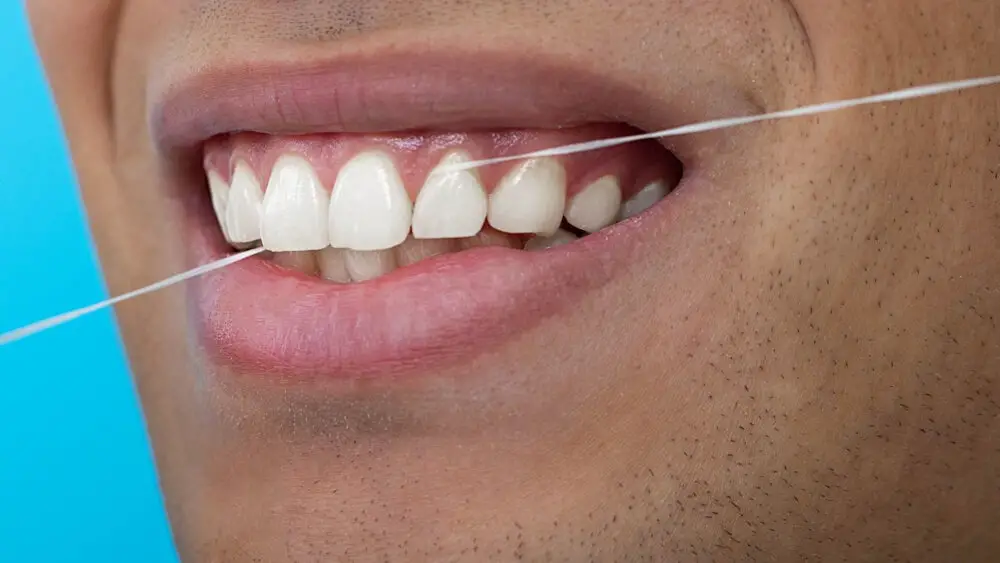
Crocodiles are fascinating creatures with a unique set of teeth that serve various purposes. These apex predators have a jaw full of teeth that are continuously replaced throughout their lifetime. Crocodile teeth replacement is a fascinating process, as they can go through up to 50 sets of teeth in their lifetime. When a tooth is lost, a new one grows within a few weeks to replace the lost tooth. This process is vital for crocodiles as they need strong teeth to catch and eat their prey. The teeth of crocodiles are not only sharp, but they also have a conical shape, which is perfect for piercing through flesh. As a result, crocodiles are known to have one of the most powerful bites in the animal kingdom. Moreover, crocodile teeth are not just for catching prey; they also serve as a tool for defense. Crocodiles use their teeth to protect themselves from other predators and humans who may pose a threat to them. Additionally, crocodile teeth are used for social interaction among members of the same species. During breeding seasons, male crocodiles use their teeth to display dominance over other males, while females use their teeth to communicate with their young. Overall, crocodile teeth replacement is a remarkable process that showcases the unique adaptations of these apex predators. Their teeth serve various functions, from catching prey to defending themselves and communicating with others of their kind.
Crocodiles have a unique way of replacing their teeth throughout their lifetime. Unlike humans, crocodile teeth are not rooted in the jawbone but instead are embedded in sockets. As they grow, crocodiles shed their old teeth and replace them with new ones. This process is known as polyphyodonty, and it allows crocodiles to have a seemingly endless supply of teeth. The teeth are replaced in a sequential manner, with the old tooth being pushed out by the new tooth growing beneath it. This constant replacement ensures that the crocodile always has a fresh set of sharp teeth to help them catch their prey. Additionally, crocodile teeth are incredibly strong, and their unique shape and arrangement provide them with a powerful bite force that can crush bones and tear through flesh.
Crocodiles are one of the most fearsome predators in the animal kingdom and their teeth play a crucial role in their hunting and feeding habits. These reptiles have multiple sets of teeth throughout their lifetime that are constantly being replaced. The process of tooth replacement in crocodiles, known as polyphyodonty, involves the shedding of old teeth and the growth of new ones. As each tooth becomes worn or damaged, it is replaced by a new tooth that grows from the base of the old one. This allows crocodiles to maintain a full set of sharp teeth that are capable of tearing through tough prey. The rate of tooth replacement varies depending on the species and can range from every few months to every few years. Overall, the process of tooth replacement in crocodiles is a fascinating and essential aspect of their biology that allows them to be efficient hunters and thrive in their environment.
Crocodiles are fascinating creatures that have evolved over millions of years to become one of the most efficient and powerful predators in the animal kingdom. One of the most striking features of crocodiles is their teeth, which are perfectly designed for tearing and crushing their prey. Compared to other animals, crocodiles have a unique dental formula that allows them to replace their teeth throughout their entire life. Unlike humans and most mammals, which have two sets of teeth, crocodiles have a constantly growing and shedding set of teeth. This means that if they lose a tooth, a new one will replace it within a few weeks. This process ensures that crocodiles always have a full set of sharp teeth to hunt and defend themselves with.
Crocodiles are fascinating creatures that have been around for millions of years. One of the most striking things about them is their teeth, and scientists have been studying them to better understand their biology. Crocodiles have multiple rows of teeth that are constantly being replaced throughout their lifetime. Some species can have up to 80 teeth in their jaws at any given time, and they use them to catch and kill their prey. These teeth are incredibly strong and can exert a tremendous amount of force, allowing crocodiles to bite down with incredible force. Despite their fearsome reputation, crocodiles are an important part of their ecosystem and play a vital role in maintaining the balance of their habitats.
Understanding crocodile teeth and their function is essential to comprehend the predator’s survival. Crocodile teeth are designed to tear and crush prey, making them a vital tool for hunting and feeding. The teeth are also continually replaced throughout the crocodile’s lifetime, ensuring that they remain sharp and effective. Additionally, the number and arrangement of teeth differ among species, reflecting their dietary habits and hunting strategies. For instance, the saltwater crocodile has a higher number of teeth than its freshwater counterparts, as it feeds on larger prey. Therefore, understanding crocodile teeth and their function provides valuable insights into the predator’s ecology and behavior, allowing us to appreciate and conserve these remarkable animals.
Conclusion
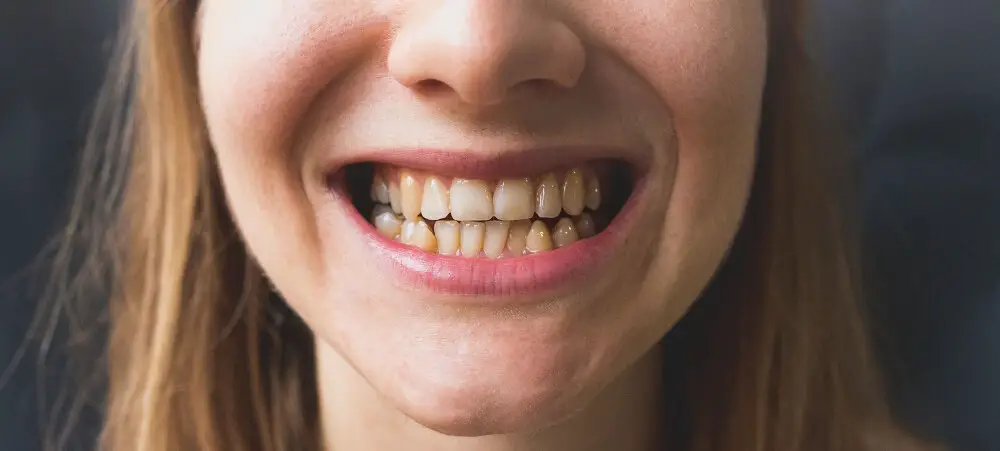
In conclusion, crocodiles are fascinating predators with a unique set of teeth. Their teeth are not only numerous, with some species having up to 80 teeth at once, but also constantly replaced throughout their lifespan. These teeth are sharp and serrated, perfect for ripping through flesh and bone. Understanding the anatomy and behavior of crocodiles, including their teeth, is important for both scientific research and human safety. Despite their fearsome reputation, crocodiles play an important role in their ecosystems, and we must continue to study and protect these incredible creatures.






